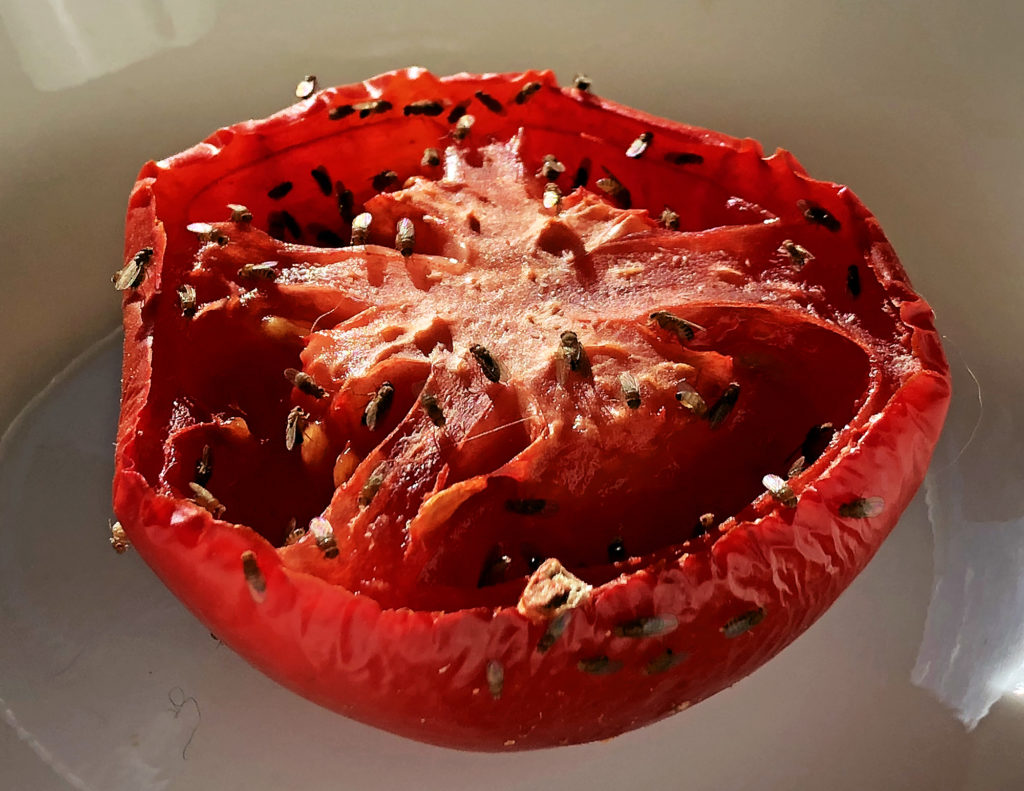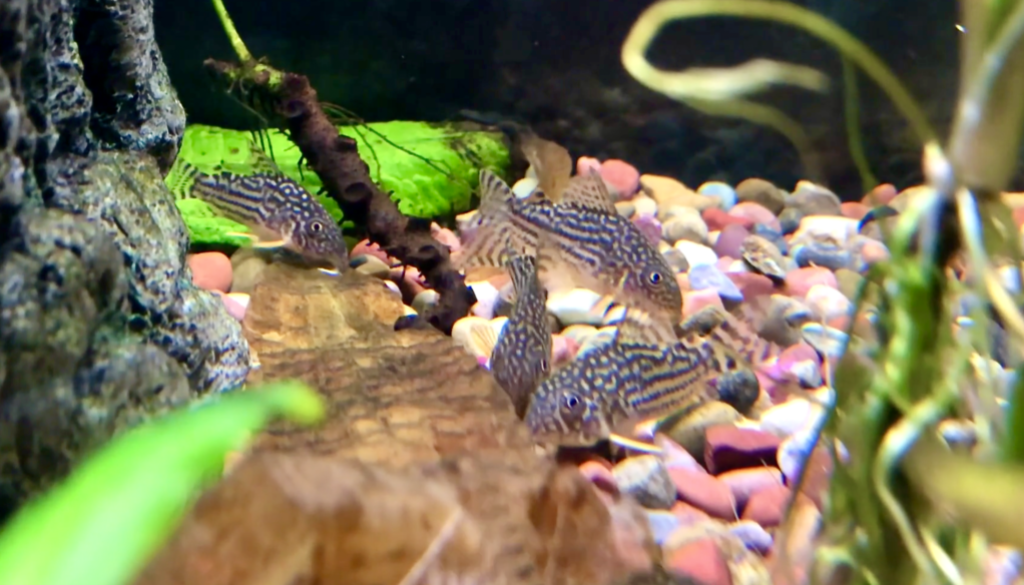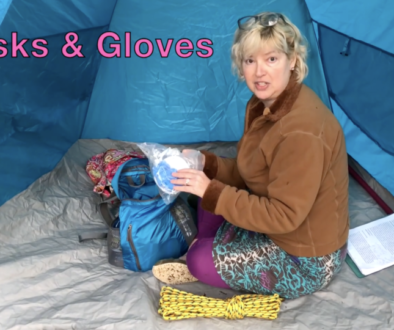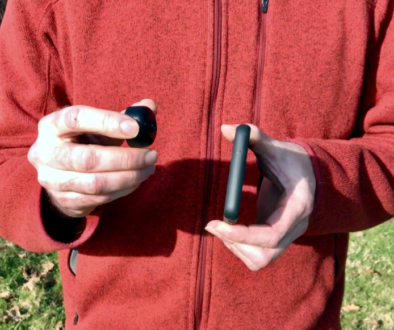Inferences
When we observe something, collecting data with our senses, we immediately start making inferences. An inference is an interpretation of sensory information based on prior knowledge.
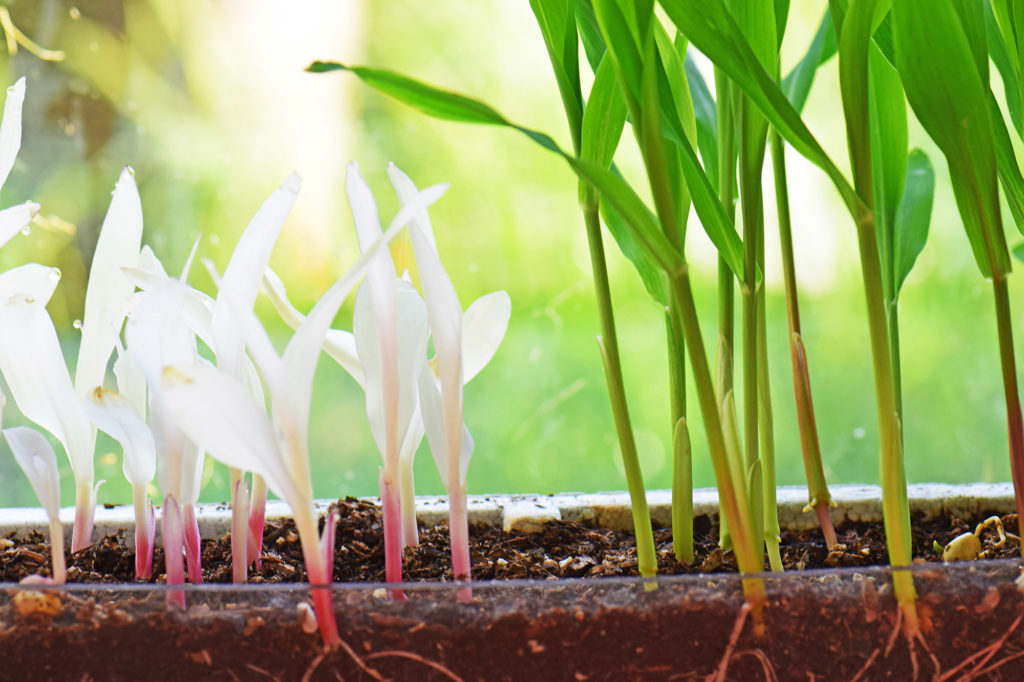
For example, you may make observations and inferences about these corn seedlings:
Visual observations:
- the plants on the left are white
- the plants on the left are shorter than the plants on the right
Inferences:
- the plants on the left are less healthy than the plants on the right
- the plants are different genetically
The white corn seedlings on the left have a mutation (difference in DNA) that makes them unable to produce the green pigments that support photosynthesis, and they will all die as soon as they run out of nutrients that were stored in the corn kernel.
Write down observations and inferences about the fish in this video.
What did you come up with?
Frequent observations:
-
the fish are moving along surfaces
-
the fish are in a group later in the video
Frequent inferences:
-
the fish are looking for food,
-
the fish are looking for food together
This group of catfsh (Genus Corydoras) often hunt for food together, as they likely are in this video.
The risk of inference is that if either your observational abilities or prior knowledge are limited, the inference may be incorrect.
For example: fruit flies are hard to see because they are small and most people do not have a lot of prior knowledge about fruit flies, other than the annoyance of having a swarm of fruit flies around rotting fruit on a kitchen counter.
